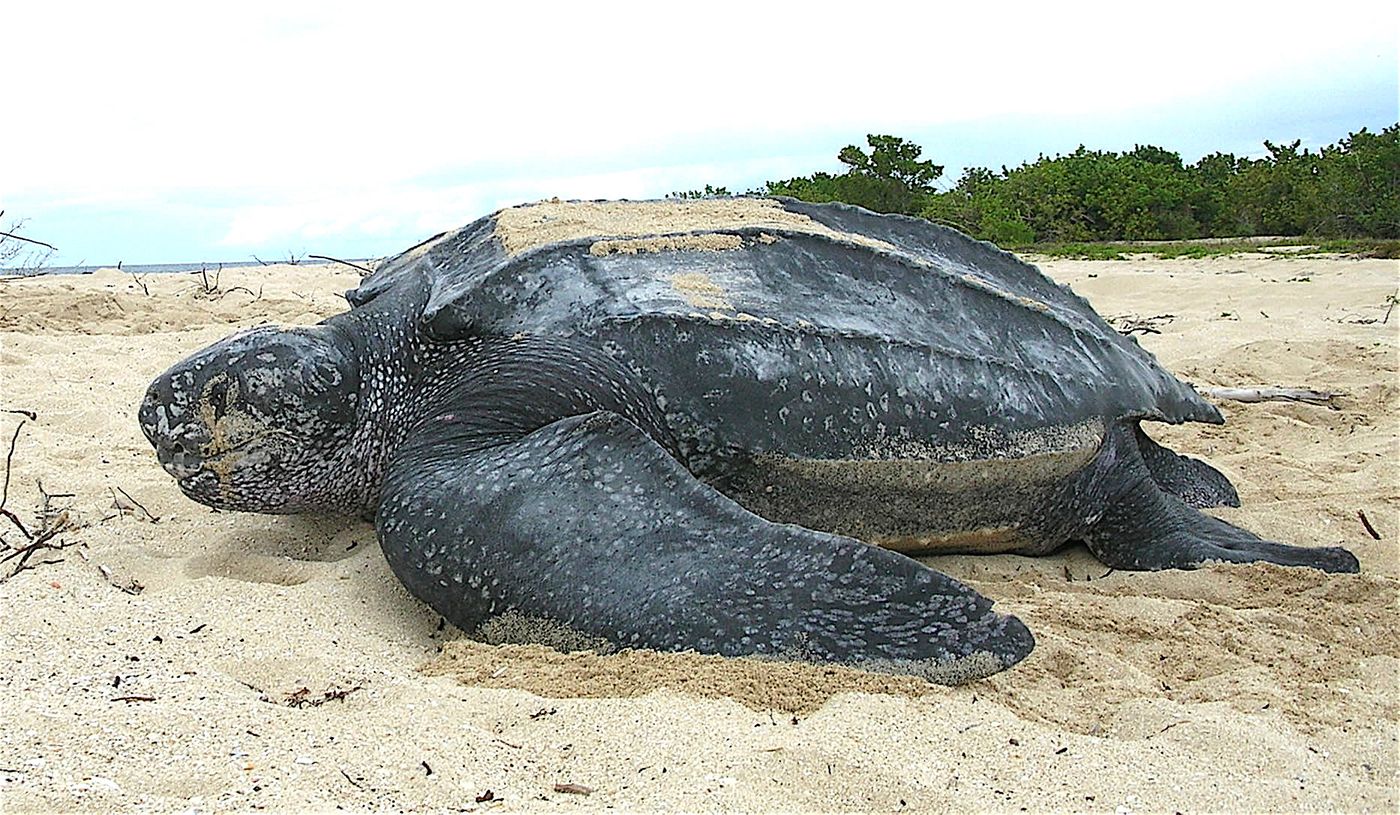NOAA Considers Changes to Leatherback Sea Turtle's Endangerment Status
Leatherback sea turtles are some of the world’s largest, and they exist all around the globe. Nevertheless, United States-based animal conservation agencies consider populations along the East coast of the country to be endangered.
Image Credit: United States Fish and Wildlife Service
Being labeled with his title means that the reptiles enjoy certain protections that shield them from population-lowering disturbances, but a new petition received by the National Oceanic and Atmospheric Administration (NOAA) highlights how impacted populations could be making a notable comeback.
Said petition purportedly cites various scientific sources in an attempt to downgrade the species from endangered to threatened. If successful, it would reduce national protections currently in place for the leatherback sea turtle.
The species has been on the United States’ endangered species list since 1970, and the NOAA plans to investigate the situation more thoroughly before making any decisions.
"We'll look at scientific papers, we look at the best available scientific and commercial data," noted NOAA fisheries biologist Jennifer Schultz. "And then we'll say, 'What does the status look like? How are they doing?'"
Related: Injured sea turtle gets a little help from the 3D-printing industry
So why the sudden interest in downgrading the species’ endangerment status? Some feel that the government regulates commercial fishing based on outdated information and doing so imposes a negative impact on the delicate balance of marine biology.
Notably, the International Union for the Conservation of Nature (IUCN), a separate entity, lists the leatherback sea turtle as a vulnerable species. Experts say it’s time to align United States-based endangered species laws with international ones so that we look at the big picture more effectively.
A bevy of factors threaten the very existence of the leatherback sea turtle, such as climate change and ocean pollution to name a few. That said, animal conservationists will likely continue watching over Eastern-U.S. based populations despite any potential changes to the United States’ endangered species list.
It should be interesting to see what results the NOAA comes up with after investigating the situation themselves.
Source: Phys.org









